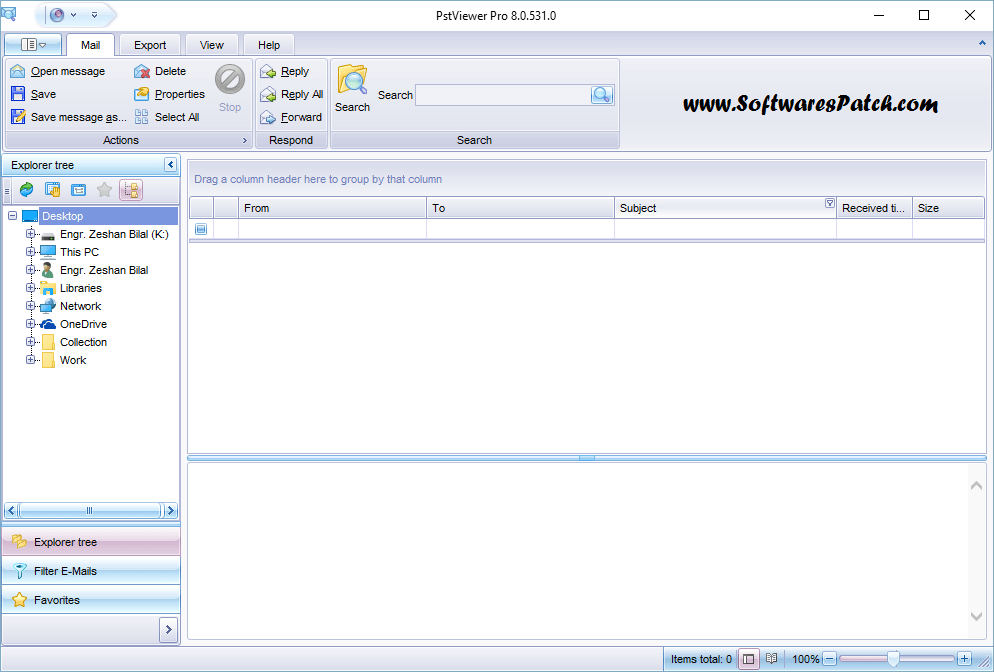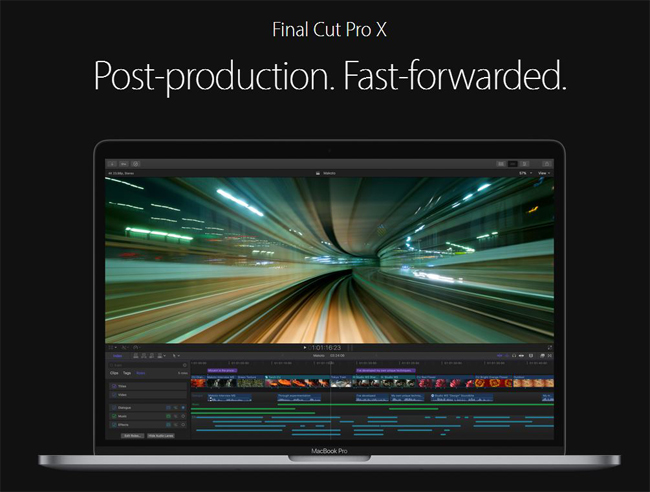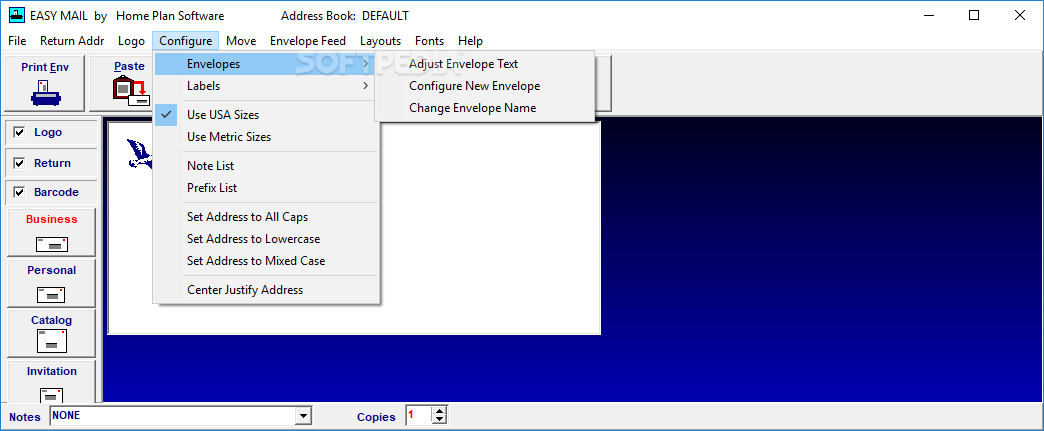

You bring-your-own email sending service. It is built for transactional email, and gives you a system for building and templating emails, but doesn’t send them directly itself (despite the name). These tools tend to tie together the visual building of the email along with sending and analytics. They are usually cost prohibitive for really giant email lists, and not really built for transactional email. It’s just not always possible to use tools like this for all the emails you send. Rightly so! Tools like these let you get right to writing and designing the email without getting distracted by tools. These choices are probably pretty obvious to most folks, as there is huge demand for this.
MAIL DESIGNER PRO 3 DIRECT MAIL FOR MAC CODE
Rather than touching code at all, you could design and write an email directly through a tool built for that.

One of the first abstractions we always reach for is abstracting HTML into parts.
MAIL DESIGNER PRO 3 DIRECT MAIL FOR MAC FULL
I know I’m tempted by this and go this route a lot, especially when creating an important one-off email.Ĭheck out Really Good Emails on CodePen, where they have archived loads of the full HTML of sent email campaigns.

Open code editor, create HTML email, send HTML email.

I’m sure quite a lot of HTML email is created this way. It’s tempting to make the joke: “It’s coding like it’s 1999!”, but as we talk about in this episode, that’s not really true.Īside from all that, another thing I thing fascinating are all the tools involved. We worry about whether fancy new APIs are supported, they worry about whether padding is supported. We have dozens of browsers to worry about, they have hundreds of clients to consider. It’s such a fascinating subject, as technically it is front-end web development, but it almost feels like a bizarro alternate universe. Last week’s ShopTalk Show was all about HTML Email.


 0 kommentar(er)
0 kommentar(er)
